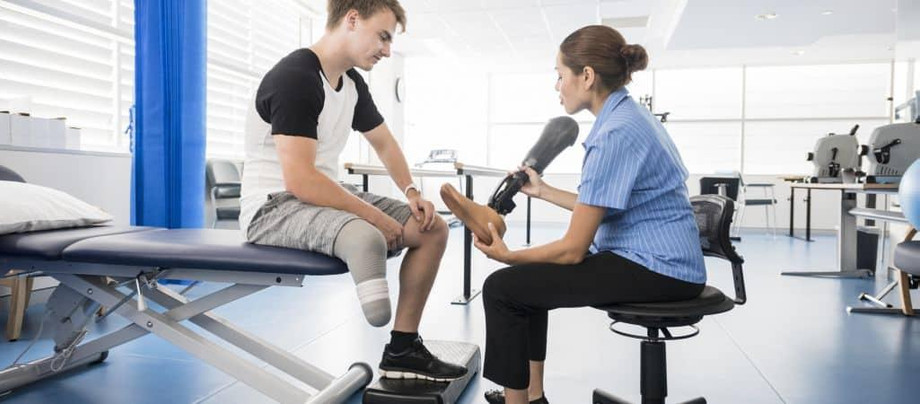Melanie Fuchs heads PHYSICAL THERAPY at the Schwa Bach Clinic. It gives tips on how everyone can support the functioning of their lungs and general fitness with simple exercises.
Here is their advice:
It is not only important in times of the Corona crisis to strengthen endurance, the immune system and the lungs. The best way to combine these three important things is to exercise in the fresh air, such as going for a walk or cycling.
It is important to stick to your own pace. Older people or people with health problems can walk slowly and take breaks. Young active people can walk faster or jog. A great way to strengthen your entire cardiovascular system is with interval training.
This means that you walk or jog faster for short periods and then fall back into a slightly slower pace. This process is repeated a few times (example: 1 minute faster walking / jogging, 2 minutes slower walking).
Exercises specifically designed to strengthen the lungs
Especially for the lungs, there are some exercises that can comfortably at home can perform (All photos. Melanie Fuchs Model: Eva Mina Meyer, physiotherapist, clinic Schwa Bach):
Stretch your body!
Unfortunately, we sit far too much in everyday life, and the lungs have little space to expand while breathing. To counteract this problem, it is important to straighten up and stretch more often, breathing deeply in and out. Inhale through your nose as you stretch upward, and exhale through your mouth as you bend down. This exercise can also be done while standing.
Rotary expansion bearings
In order to support the lungs to be able to move better when breathing, so-called rotary-stretch bearings can be made. You lie on your back, put your legs up and let them fall to one side. The arms are placed up next to the head and the head is turned to the opposite side. You try to breathe deeply into the flank (on the stretched side, in our example image the left side). Then repeat the exercise on the other side of the body. This position can be held for up to 5 minutes (please choose a shorter duration in the event of pain or similar).
Warning: If you have had an artificial hip joint, you must not do this exercise for three months after the operation.
Contact breathing
The lungs are divided into different areas. These are more or less ventilated in different body positions. This means that, for example, the air flows more into the upper area of the lungs in an upright posture and more into the front of the body when lying on the back. In order to better ventilate the lungs, it is also necessary to take different body positions (prone position, supine position, etc.). This can be positively influenced by so-called contact breathing, so that the lungs are ventilated in the entire area.
For contact breathing, you place your hands on various points on the body and try to breathe into your own hands. You should feel how your hands move with your breath. They move outward on inhalation and inward on exhalation. Try to breathe in through your nose and out through your mouth during this exercise too.
Nasal stenosis
In order to strengthen the inhalation , you can do an exercise in which you hold one nostril and then inhale deeply through the still free nostril. Due to the closed nostril, the lungs have to exert more effort to allow the air to flow in and the muscles that are responsible for inhalation are trained. Does this exercise a maximum of three times in a row on one nostril, then pause for about 1 minute and continue breathing normally. Then repeat with the other side.
Blow the handkerchief
As with inhalation, exhalation can also be trained. To do this, you hold a handkerchief or a comparably light cloth in front of your mouth and try to set it in motion by exhaling through your mouth. This exercise strengthens the muscles that are responsible for exhalation and is performed a maximum of three times in a row. Please pause for a while between the exercises (about 1 minute break).

